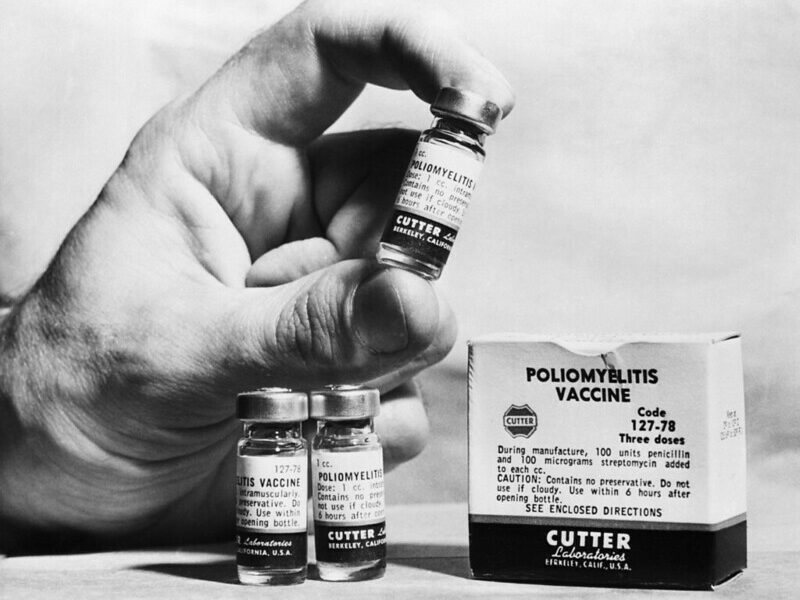The Outbreak
Since mid-December 2014, several cases of highly pathogenic avian influenza (HPAI) have been reported in birds in the Pacific Northwest United States, including Washington, Oregon, Idaho, Utah and California (1). The avian influenza (AI) strains detected, include: H5N2, H5N8 and even one case of H5N1. The H and N refer to hemagluttin and neuraminidase, respectively, and are proteins expressed by the virus that are used to identify different strains of influenza (2). Afflicted birds include captive wild birds, wild aquatic birds, and backyard poultry (1). All birds in the backyard flocks with reported infections were culled (3). Most AI strains are not known to infect humans, but some that do (including H5N1) can be very serious and potentially life-threatening.
What It Means for US Poultry
Large outbreaks of AI do not often occur in the United States. Although there is a fear of potential spillover of AI strains from birds to humans, there is a more imminent risk of economic loss due to AI infections. Although there has been only one report of AI infection in a U.S. commercial flock, the entire industry suffers (4). As of January 7th, 2015, at least 30 countries have implemented restrictions on the importation of US poultry, including a ban on poultry from Oregon and Washington (3). Thailand, South Korea, and Sri Lanka, have gone as far to ban all US poultry and poultry products (3).
AI Clinical Signs
Avian influenza can sometimes have no clinical signs in poultry. In low pathogenic avian influenza (LPAI), some clinical signs include coughing, sneezing and nasal discharge. Morbidity and mortality are usually low in LPAI strains. Some clinical signs that can manifest in HPAI include: cyanosis (blue coloration of skin and membranes due to low oxygen) and edema (swelling from fluid build-up) of head, comb, waddle and other exterior body parts, greenish diarrhea, and bloody ocular or nasal discharge (5).
Commentary
Although there has not yet been a human case of H5N8 or H5N2, it is important to take precautions when in close contact with backyard birds. Currently, H5N8 and H5N2 are not known to infect humans. Given the ever-changing nature of influenza viruses, it is possible that someday H5N8 and H5N2 can jump to humans, just as H5N1 did. If you are an owner of backyard poultry, it is important to keep your birds vaccinated to prevent infection of avian influenza and to report any clinical signs to your state’s Department of Agriculture.
Sources
[1] http://www.cdc.gov/mmwr/preview/mmwrhtml/mm6404a9.htm?s_cid=mm6404a9_w
[3] http://www.politico.com/story/2015/01/avian-flu-united-states-poultry-114046.html
[4] http://www.capitalpress.com/20150126/bird-flu-hits-first-us-commercial-poultry-flock
[5] http://www.merckmanuals.com/vet/poultry/avian_influenza/overview_of_avian_influenza.html
